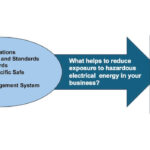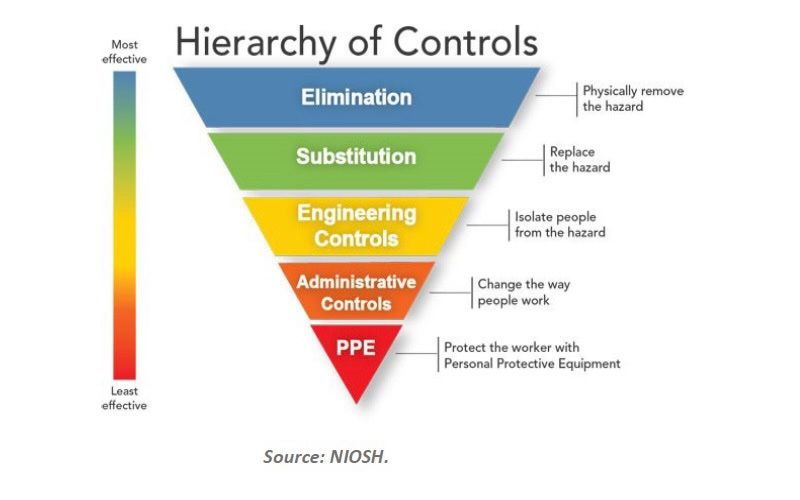Safety Standards
Safety standards in manufacturing refer to the regulations, guidelines and best practices that organizations must follow to ensure the health and safety of workers in industrial and manufacturing environments. These standards are developed by government agencies, industry organizations and other groups to establish guidelines for safe work practices and equipment design, as well as to promote safety awareness and education.


















